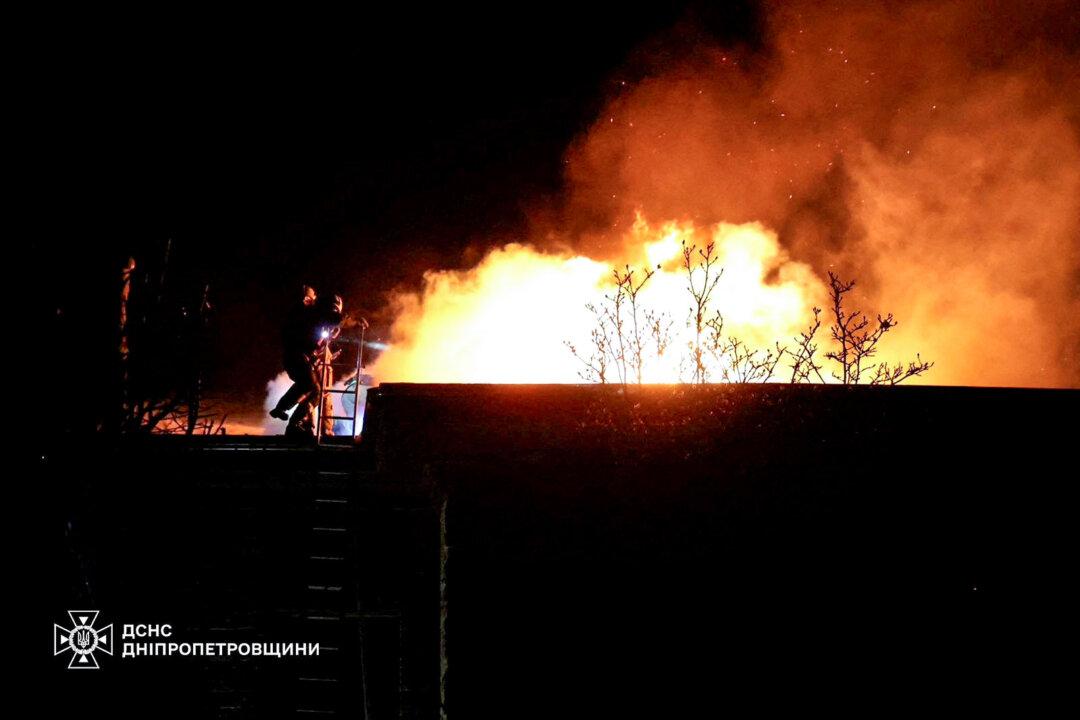News Analysis
Russia launched an attack on Ukraine this week, using a new prototype weapon the likes of which has never before been used in combat.

Russia launched an attack on Ukraine this week, using a new prototype weapon the likes of which has never before been used in combat.